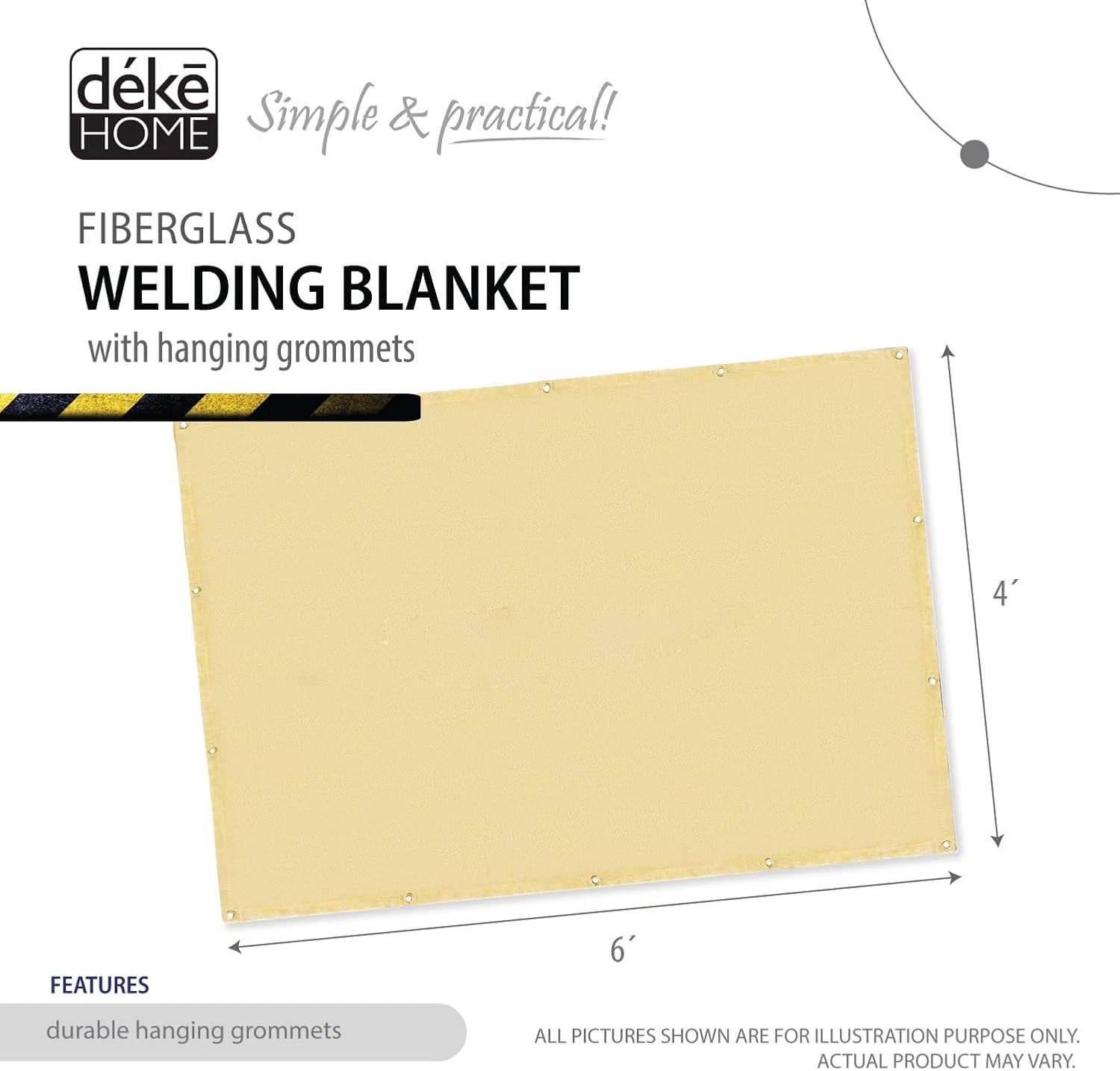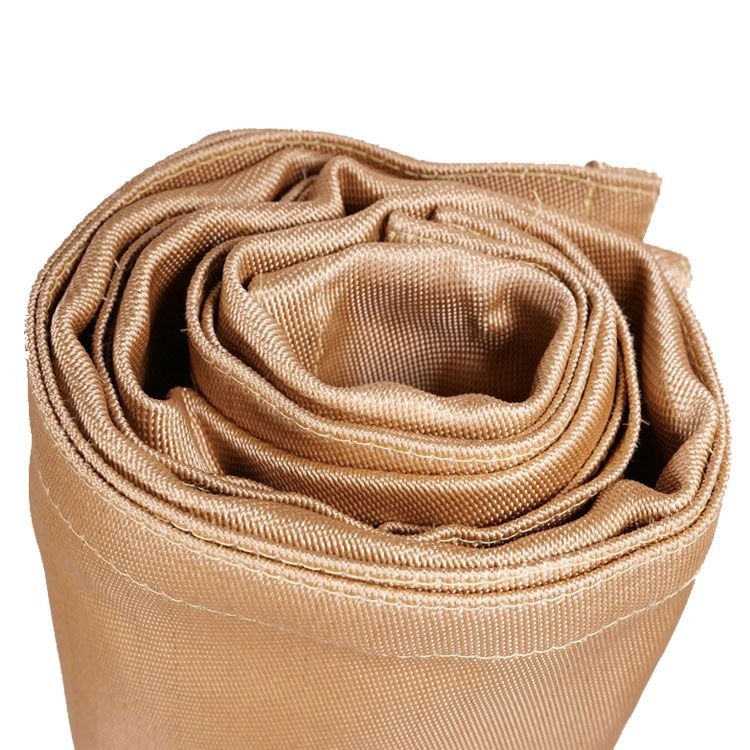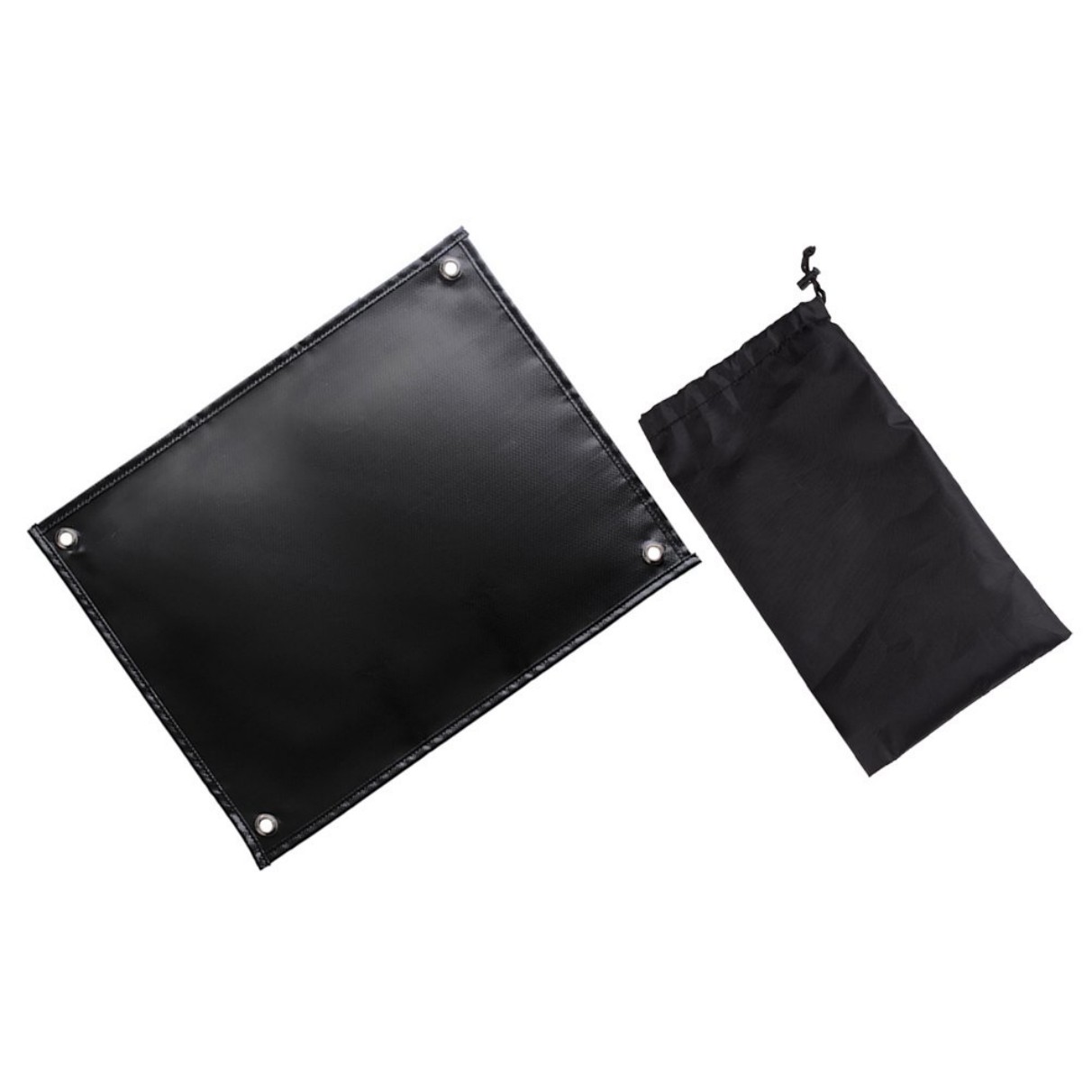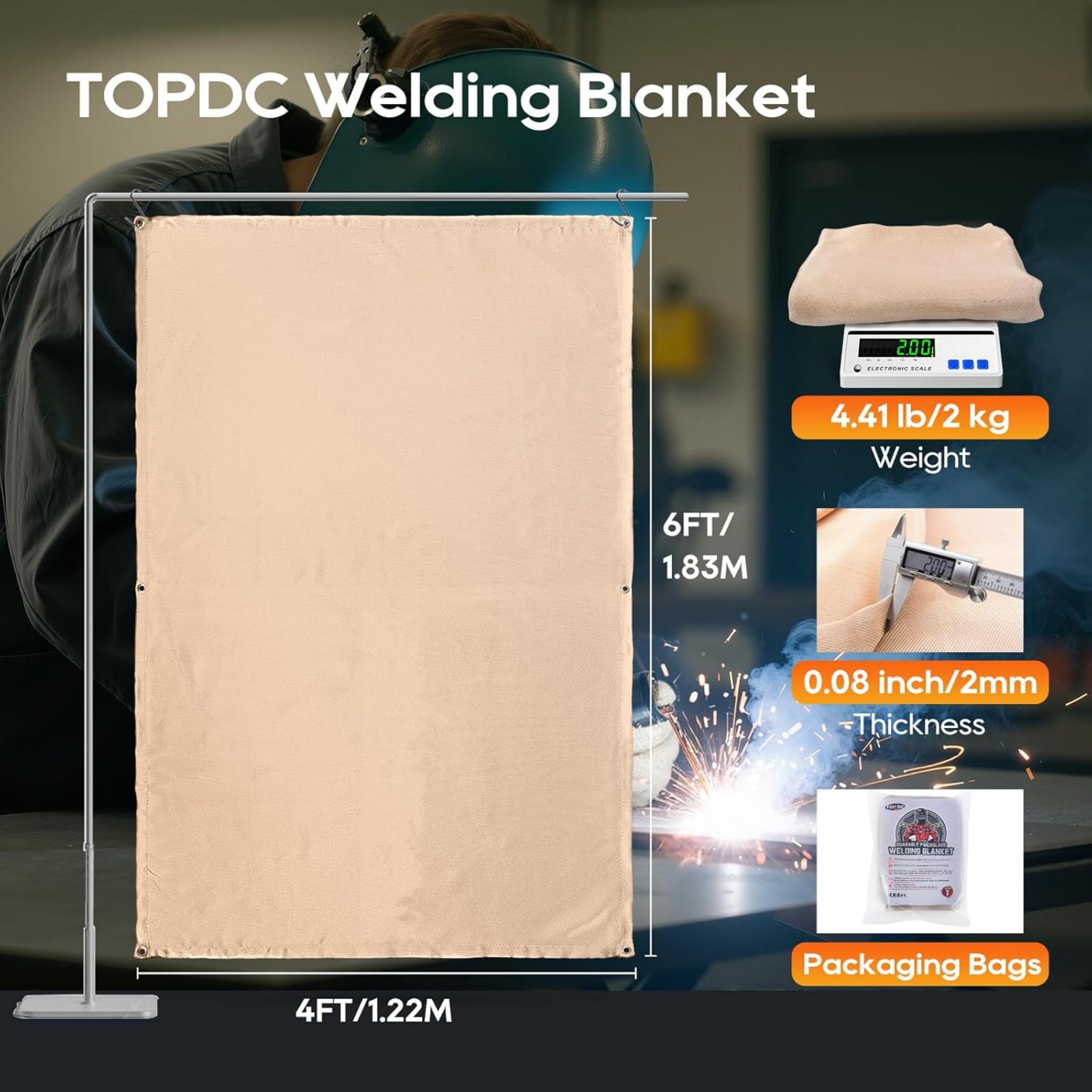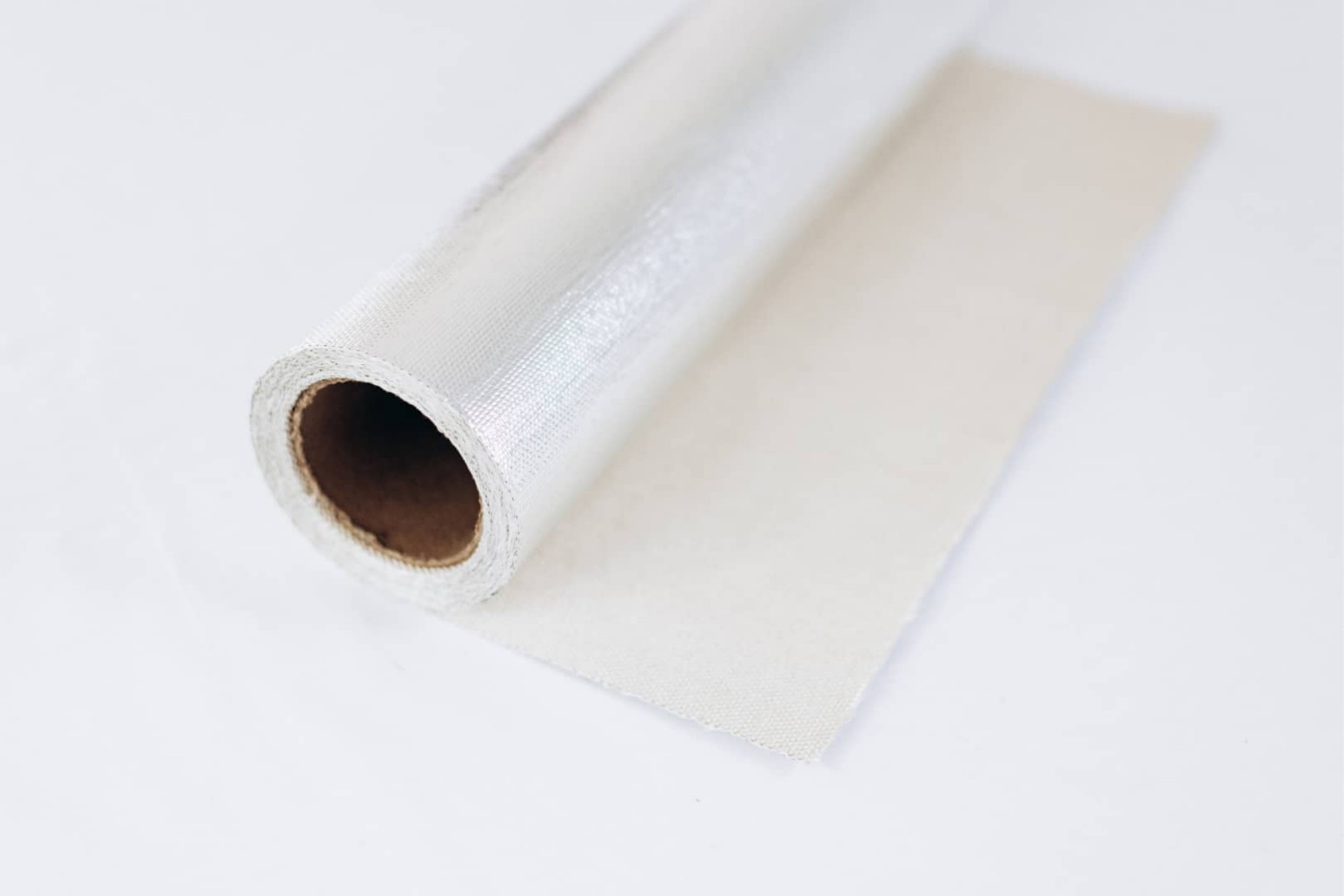Silicone Coated Welding Blanket: Heat Protection for Safe Welding
A silicone coated welding blanket protects surfaces from sparks and heat during welding. This guide explains its features, benefits, and how to choose the right one for your needs.
What Is a Silicone Coated Welding Blanket?
A silicone coated welding blanket is a heat-resistant fabric made from fiberglass with a silicone rubber coating. Unlike regular welding blankets, the silicone coating provides extra durability and resistance to extreme temperatures up to 1000°F (540°C). The coating also makes the blanket more flexible and tear-resistant.
Key Benefits You Should Know
- Superior heat protection:Withstands direct flame contact and molten metal splatter
- Reusable:Doesn't degrade quickly like untreated fiberglass blankets
- Easy to clean:Wipe off slag and debris without damaging the material
- Non-conductive:Safe for electrical work environments
- Flexible:Conforms to uneven surfaces better than rigid shields
Where to Use Silicone Coated Welding Blankets
These blankets aren't just for welding. You'll find them useful for:
- Protecting floors and walls in auto body shops
- Covering sensitive equipment near hot work areas
- Creating temporary fire barriers on construction sites
- Shielding wooden surfaces during metal cutting
- Industrial furnace maintenance and repair
Choosing the Right Blanket
Consider these factors when selecting your silicone coated welding blanket:
- Size:Measure your work area - common sizes range from 3'x3' to 10'x10'
- Thickness:Thicker blankets (1/16" to 1/8") offer better protection for heavy-duty work
- Color:Silver-gray is standard, but some manufacturers offer high-visibility colors
- Edge treatment:Look for reinforced edges with grommets for hanging
- Certifications:Check for NFPA 701 or other relevant safety standards
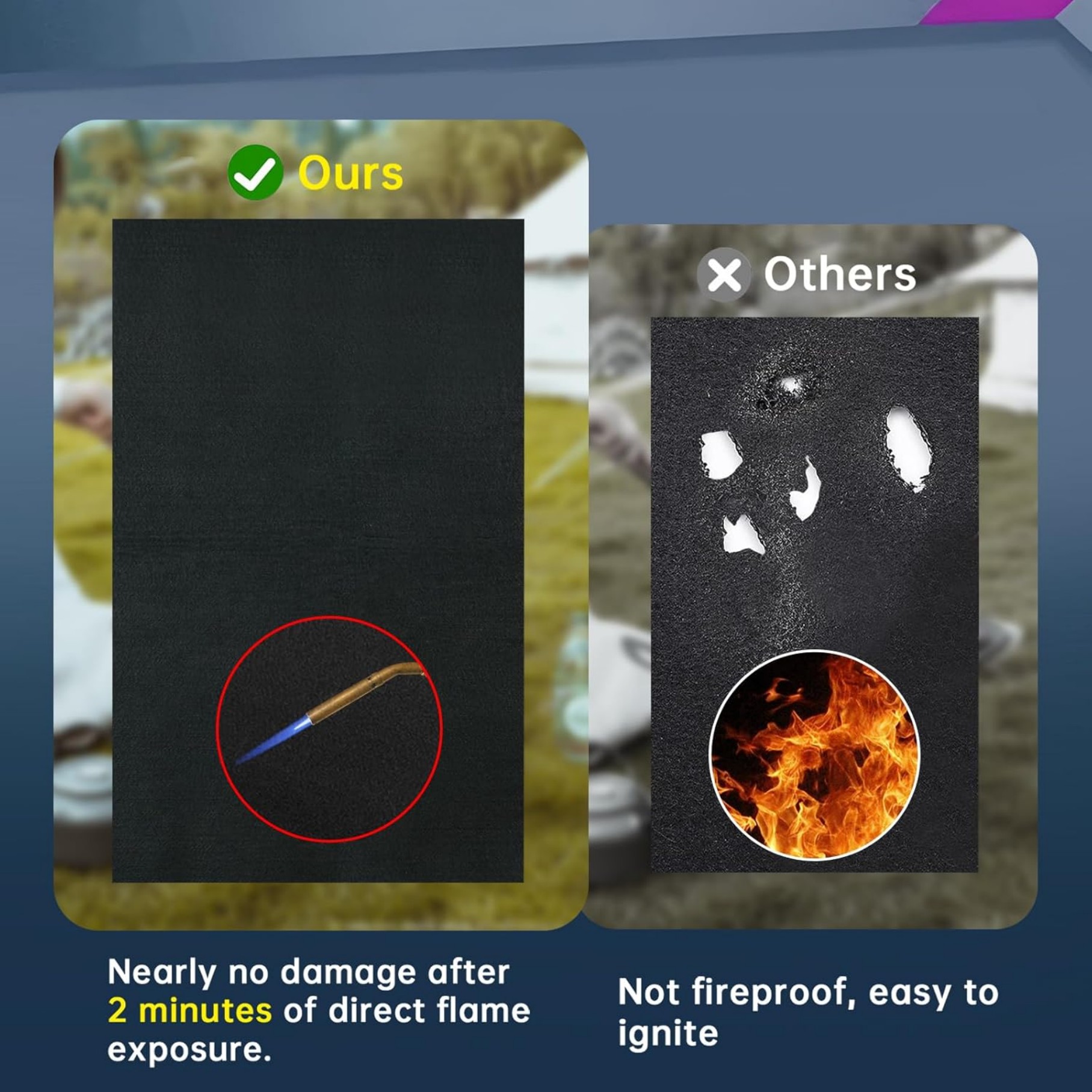
Proper Care and Maintenance
To extend your blanket's lifespan:
- Shake off loose debris after each use
- Wipe with a damp cloth for stubborn residues
- Store flat or rolled - avoid folding to prevent creases
- Inspect regularly for tears or thinning areas
- Replace when the silicone coating shows significant wear
Safety Tips When Using Welding Blankets
While silicone coated blankets offer excellent protection, remember:
- Never use as personal protective equipment - wear proper welding gear
- Keep at least 12 inches away from open flames
- Don't use on surfaces hotter than the blanket's rated temperature
- Ensure proper ventilation when covering large areas
- Have a fire extinguisher nearby as an extra precaution
Comparing Silicone vs. Non-Coated Welding Blankets
Silicone coated versions outperform standard fiberglass blankets in several ways:
- Last 3-5 times longer with proper care
- Resist moisture and chemical exposure better
- Maintain flexibility in cold temperatures
- Don't shed irritating fibers
- Provide smoother surface for easier cleanup
Final Thoughts
A quality silicone coated welding blanket is a smart investment for anyone doing frequent welding or hot work. While more expensive initially than uncoated options, the extended lifespan and superior protection make it cost-effective over time. Choose the right size and thickness for your applications, maintain it properly, and you'll have reliable heat protection for years.



